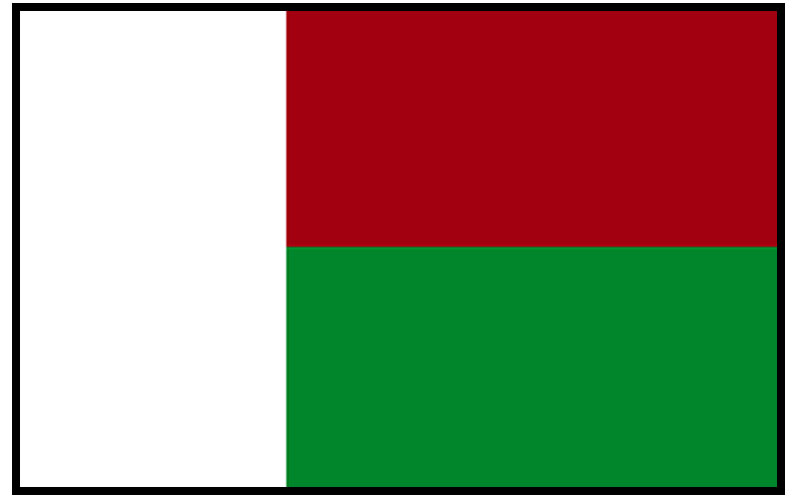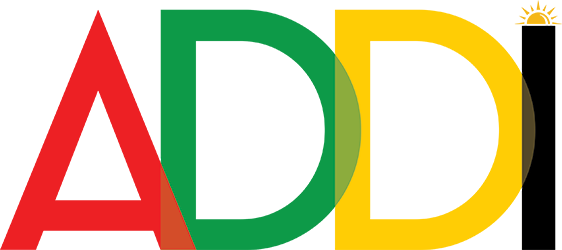
President: Hery Rajaonarimampianina (2014)
Prime Minister: Jean Ravelonarivo (2015)
Land area: 224,533 sq mi (581,540 sq km); total area: 226,656 sq mi (587,040 sq km)
Population (2014 est.): 23,201,926 (growth rate: 2.62%); birth rate: 33.12/1000; infant mortality rate: 44.88/1000; life expectancy: 65.2
Capital and largest city (2011 est.): Antananarivo, 1.987 million
Monetary unit: Malagasy franc
National name: Repoblikan’i Madagasikara
Languages: Malagasy and French (both official), English
Ethnicity/race: Malayo-Indonesian (Merina and related Betsileo), Côtiers (mixed African, Malayo-Indonesian, and Arab ancestry: Betsimisaraka, Tsimihety, Antaisaka, Sakalava), French, Indian, Creole, Comoran
Religions: indigenous beliefs 52%, Christian 41%, Islam 7%
National Holiday: Independence Day, June 26
Literacy rate: 64.5% (2009 est.)
Economic summary: GDP/PPP (2013 est.): $22.03 billion; per capita $1,000. Real growth rate: 2.6%. Inflation: 8.8%. Unemployment: N.A. Arable land: 5.96%. Agriculture: coffee, vanilla, sugarcane, cloves, cocoa, rice, cassava (tapioca), beans, bananas, peanuts; livestock products. Labor force: 9.504 million (2007). Industries: meat processing, soap, breweries, tanneries, sugar, textiles, glassware, cement, automobile assembly plant, paper, petroleum, tourism. Natural resources: graphite, chromite, coal, bauxite, salt, quartz, tar sands, semiprecious stones, mica, fish, hydropower. Exports: $644.4 million (2013 est.): coffee, vanilla, shellfish, sugar, cotton cloth, chromite, petroleum products. Imports: $2.794 billion (2012 est.): capital goods, petroleum, consumer goods, food. Major trading partners: U.S., France, Germany, China, Kuwait, India, Bahrain, Mauritius, Singapore, Indonesia, South Africa, Canada (2012).
Communications: Telephones: main lines in use: 143,700 (2012); mobile cellular: 8.564 (2012). Broadcast media: state-owned Radio Nationale Malagasy (RNM) and Television Malagasy (TVM) have an extensive national network reach; privately-owned radio and TV broadcasters in cities and major towns; state-run radio dominates in rural areas; relays of 2 international broadcasters are available in Antananarivo (2007). Internet Service Providers (ISPs): 38,392 (2012). Internet users: 319,900 (2009).
Transportation: Railways: total: 854 km (2008). Roadways: total: 34,476 km; paved: 5,613 km; unpaved: 2,886 km (2010 est.). Waterways: 600 km (432 km navigable) (2011). Ports and terminals: Antsiranana (Diego Suarez), Mahajanga, Toamasina, Toliara (Tulear). Airports: 83 (2013).
Fun Facts
- It is twice the size of Arizona
- Only 11% of the country’s roads are paved.
- The first inhabitants weren’t from Africa but were Asian and came from Borneo.
- Coffee, cloves, vanilla, shellfish, and sugar are some of the major exports of Madagascar.
- Many of the world’s most high-quality sapphires have been found in Madagascar
- The national sport of Madagascar is rugby, although football (or soccer, as it’s known in the United States) is also a very popular sport.
- Madagascar has a very young population, with over 60% of its residents under the age of 25.
- Madagascar is frequently called the “Red Island” because of the color of its soil.
- Malagasy wine is created at vineyards in Madagascar. This table wine is available in red, white, and grey variety
